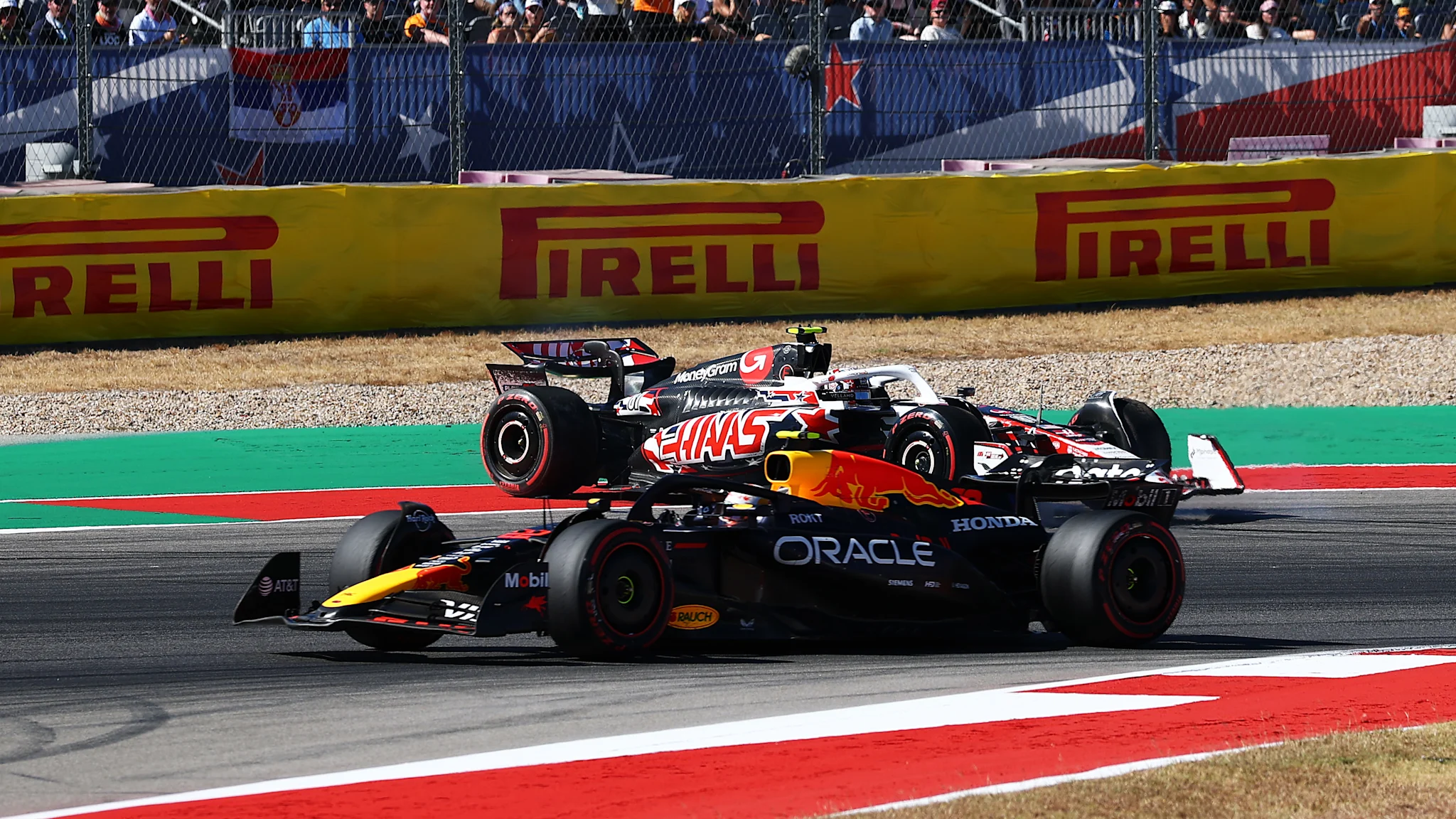Copyright forbes

Leaders must model sustainable behaviours themselves. Many organisations celebrate high performance as a relentless upward climb. The cultural script says that ambition should always be maximised, effort should always be stretched, and targets should always increase. This script produces impressive short-term results, but it hides a long-term flaw: it treats performance as a sprint when it is really a marathon. The pursuit of constant peak performance often burns through the very resources that make it possible. Energy, focus, and creativity are finite. When they are spent without replenishment, they erode. Over time, teams that were once high performing become exhausted and brittle. This problem is rarely visible in early stages. At first, overextension looks like commitment. Long hours, rapid responses, and high output win praise. Leaders often mistake this surge for sustainable strength. By the time performance starts declining, the damage has already accumulated. Organisational psychology research by Christina Maslach on burnout shows how chronic overwork gradually reduces motivation, cognitive capacity, and health. Burnout is not the result of sudden crisis; it is the slow collapse of depleted systems. A culture that glorifies constant peaks creates this collapse by design. Leaders can counter this by reframing ambition. Instead of asking how to get the most out of people, they can ask how to get the best from people over time. That subtle shift—from extraction to cultivation—changes how performance is built. MORE FOR YOU The Value of Performance Durability Sustainable ambition focuses on performance durability rather than short-term peaks. It asks how individuals and teams can stay productive, creative, and engaged across years, not just quarters. This perspective reframes recovery as part of performance rather than the opposite of it. In sports science, athletes build cycles of exertion and rest because continuous exertion leads to injury. The same principle applies to knowledge work. Cognitive capacity needs renewal just as physical capacity does. Leaders can apply this by structuring work in performance waves. Intense periods of effort are followed by planned decompression phases. These do not have to be long breaks; even small windows for reflection, skill-building, or lighter workloads allow energy to reset. This prevents the cycle of overdrive followed by collapse. Performance durability also depends on psychological sustainability. Teams need to experience progress and meaning, not just pressure. Teresa Amabile’s research on motivation shows that a sense of daily progress is one of the strongest drivers of long-term engagement. Leaders who celebrate incremental advances and frame setbacks as learning moments help preserve motivation through difficult stretches. Leaders can reinforce this by adjusting recognition systems. Instead of rewarding only big wins, they can recognise sustained contributions over time. This signals that consistency is valued as much as intensity, which helps prevent the burnout spiral. Building Systems That Support Sustainable Ambition Individual habits matter, but sustainable ambition also requires structural change. Many firms unintentionally reward exhaustion by promoting those who visibly overextend. This signals that advancement requires self-sacrifice, which normalises unsustainable behaviours. To change this, leaders can start by redefining what high performance looks like in evaluations. Performance reviews can include indicators of resilience and capacity-building, such as how effectively leaders develop their teams or maintain engagement through challenging cycles. This reframes sustainability as a performance metric, not an afterthought. Workload design is another lever. Many teams run at full capacity year-round, leaving no margin for unplanned demands. Leaders can deliberately build slack into schedules to absorb shocks. While this can feel inefficient, it creates adaptability and prevents crisis-driven overwork. Organisations can also rotate people between high-intensity and lower-intensity roles or projects. This distributes pressure more evenly and gives people opportunities to recover while still contributing. Over time, this helps retain high performers who might otherwise burn out and leave. Crucially, leaders must model sustainable behaviours themselves. When they send late-night emails or never take breaks, it signals that constant effort is expected. When they visibly protect their own recovery time, it gives others permission to do the same. Culture shifts fastest when leaders demonstrate what “good” looks like. Redefining Ambition for the Long Term Sustainable ambition does not mean lowering aspirations. It means pursuing them in ways that can endure. It reframes ambition from a burst of effort into a long arc of contribution. This shift benefits organisations as much as individuals. Teams that operate sustainably can adapt more easily, learn faster, and recover from setbacks more quickly. They are less prone to the boom-and-bust cycles that plague overextended cultures. For leaders, embracing sustainable ambition requires courage. It means resisting the pressure to always demand more and instead choosing to build capacity before chasing output. It means praising not just speed but staying power. It means viewing people as long-term assets rather than short-term resources. For individuals, it means pacing ambition like a marathoner rather than a sprinter. It means setting boundaries that protect energy, pursuing growth that builds capacity rather than drains it, and treating recovery as strategic, not indulgent. Organisations that adopt this mindset stop asking how much performance they can extract today. They start asking how much performance they can sustain over the next decade. And that shift—from peaks to durability—may be the most powerful performance advantage of all. Editorial StandardsReprints & Permissions



